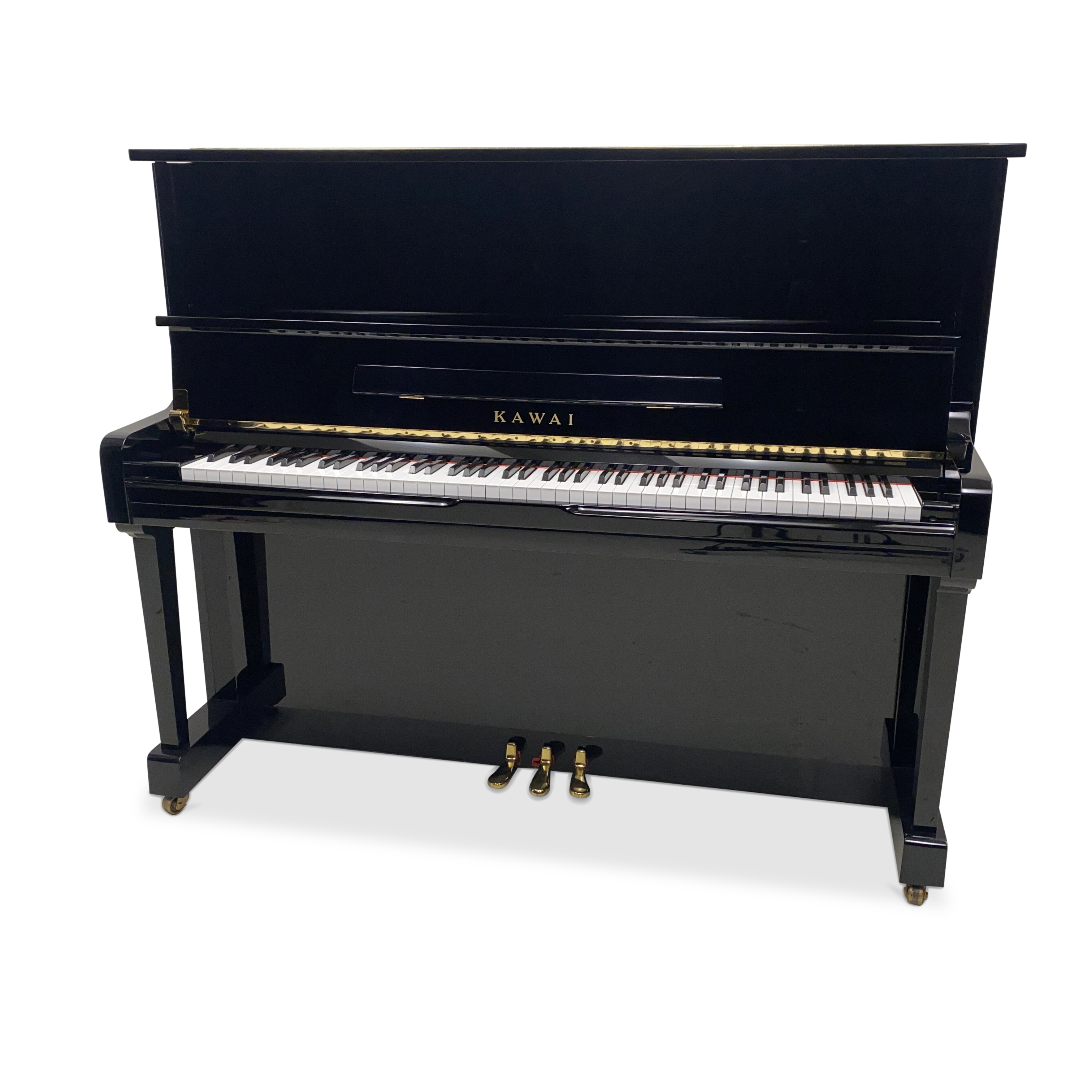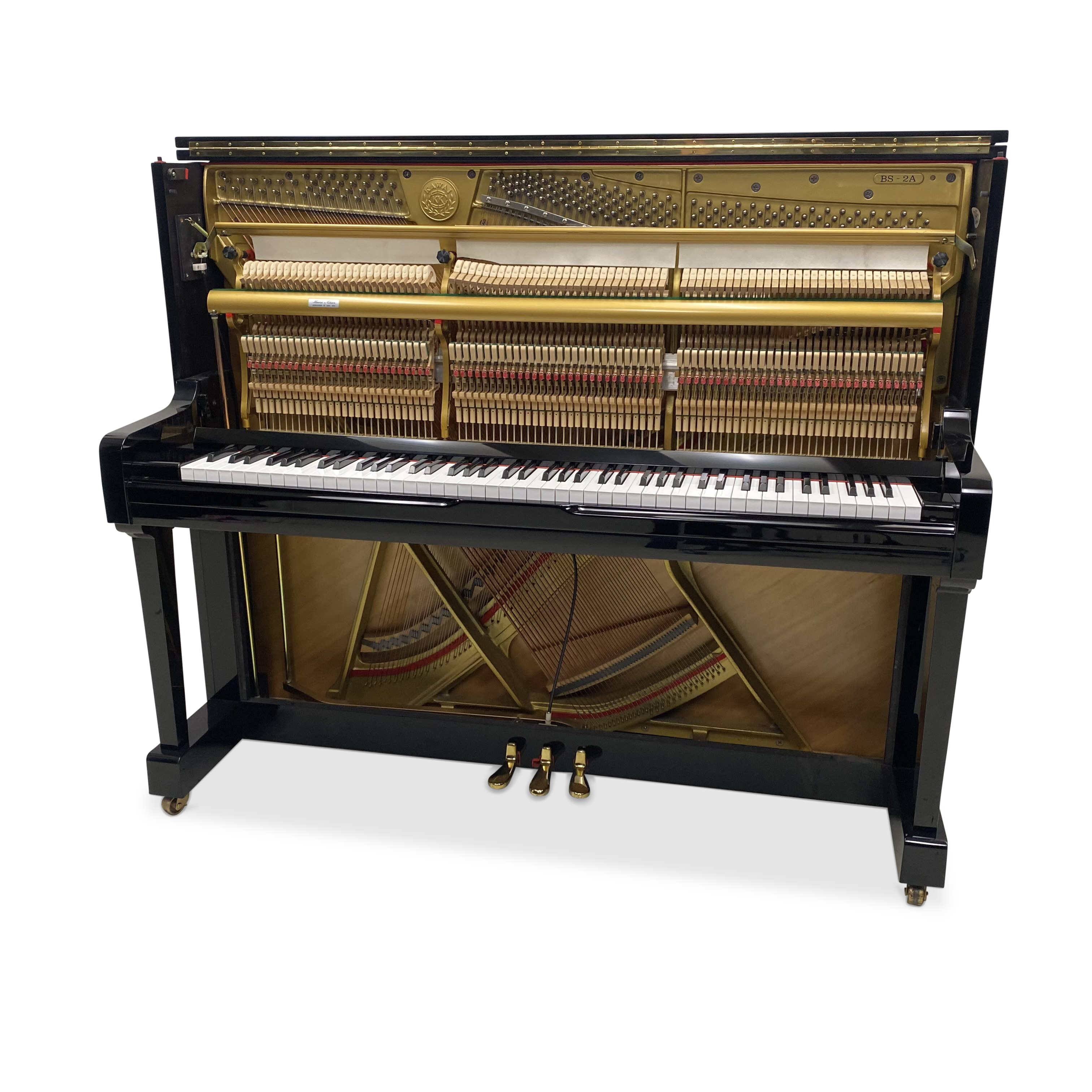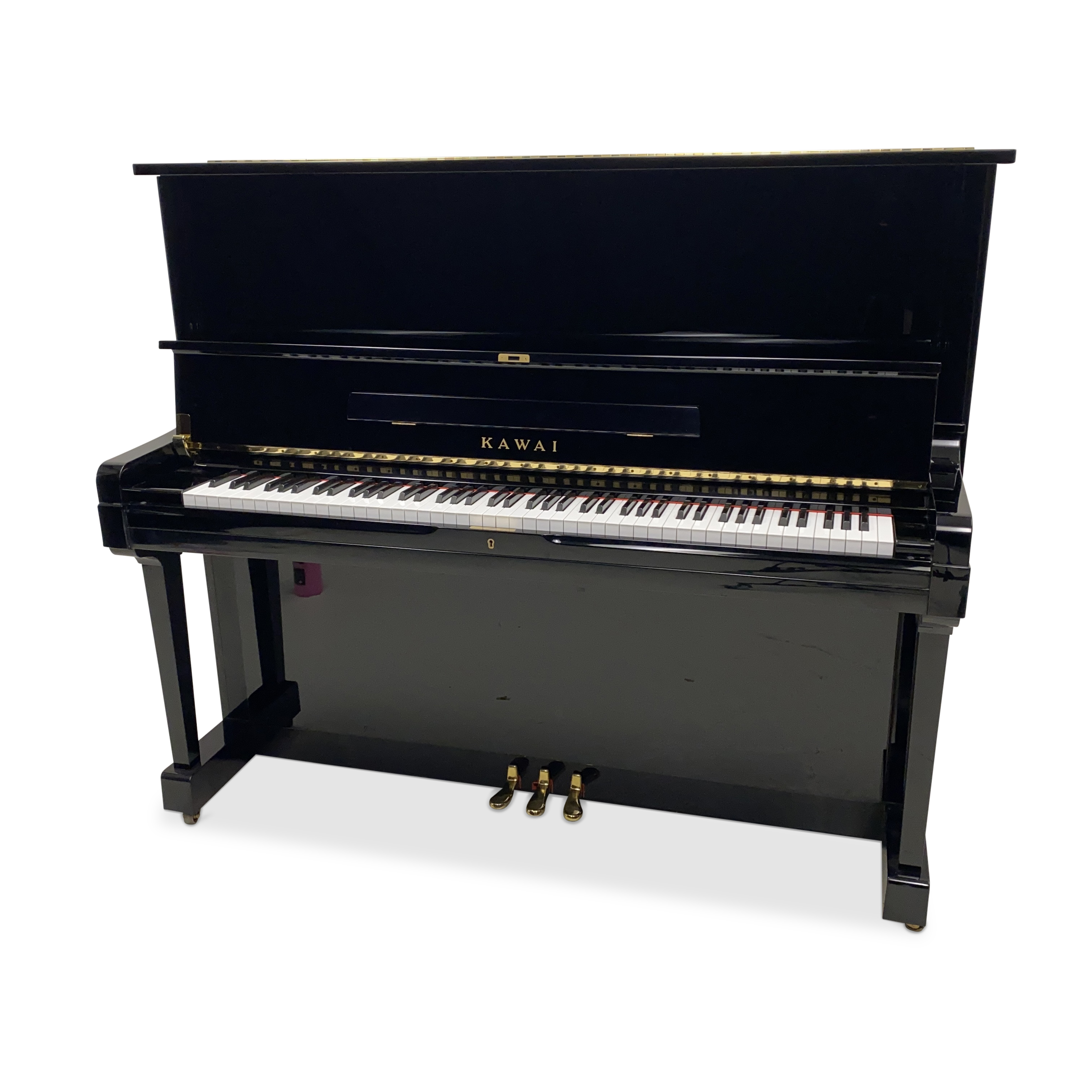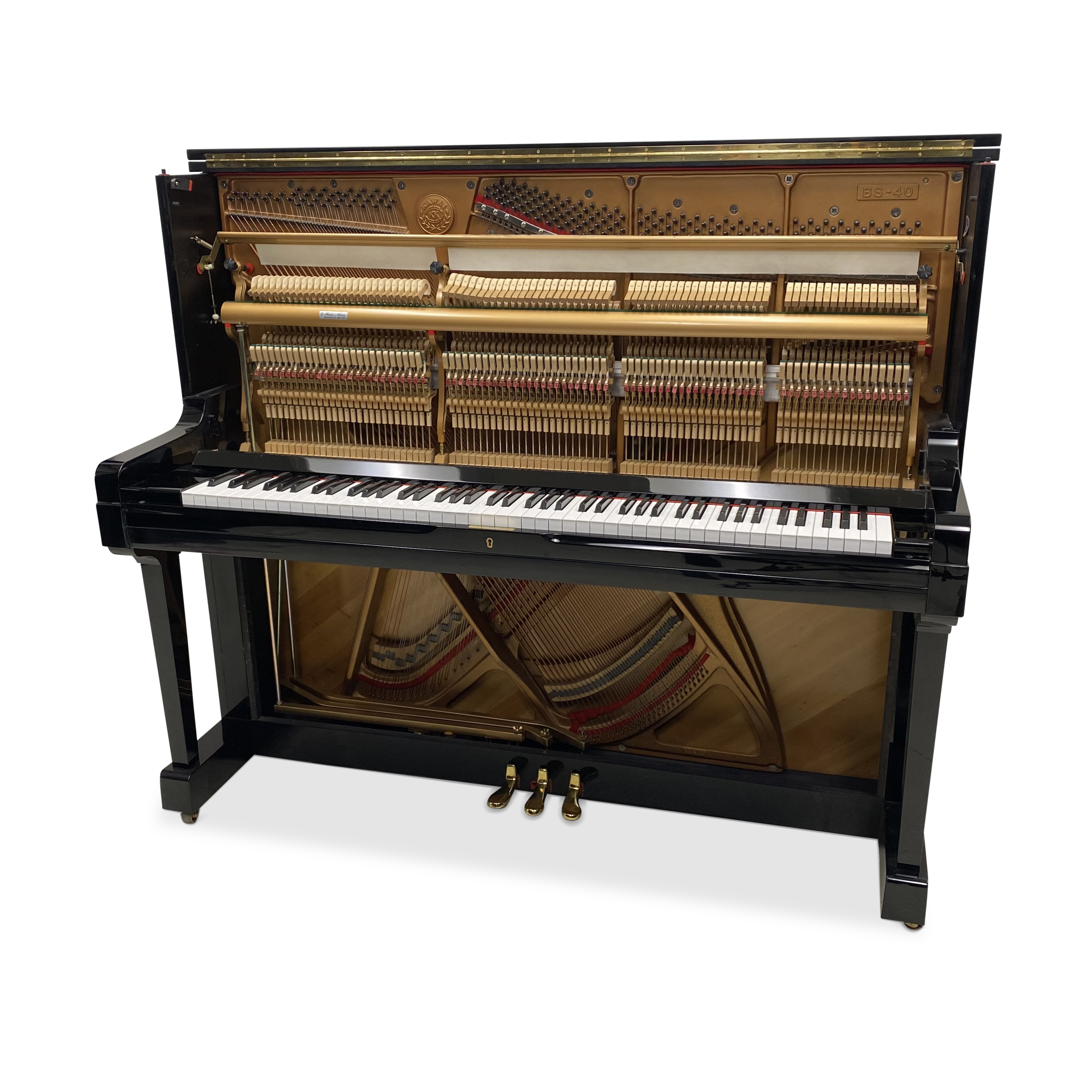Filters
Kawai BL-11 piano (1973)
Sale price€4.390,00
Kawai BS2A piano (1990)
Sale price€5.990,00
Kawai BS2A piano (1992)
Sale price€5.990,00
Kawai BS-40 piano (1988)
Sale price€5.990,00
Kawai: Innovatie en Ambacht in Perfecte Harmonie
Een Rijke Geschiedenis van Passie voor Muziek
Het verhaal van Kawai begint in 1927 in het hart van Japan, toen Koichi Kawai besloot zijn dromen na te jagen. Als getalenteerde ambachtsman en leerling van de legendarische Torakusu Yamaha, richtte hij zijn visie op het creëren van piano's die speelsheid en precisie combineren. Vandaag de dag wordt dit merk wereldwijd geprezen voor zijn toewijding aan kwaliteit en innovatie, zonder ooit zijn ambachtelijke wortels uit het oog te verliezen.
Kawai Piano's: Traditionele Materialen, Moderne Technologie
Wat een Kawai-piano uniek maakt, is de balans tussen traditioneel vakmanschap en geavanceerde technieken. Denk aan Millennium III-toetsmechaniek, waarvoor ABS-carbon wordt gebruikt: sterker en lichter dan hout. Dit garandeert een responsief en duurzaam bespeelbaar instrument. Van compacte digitale piano’s zoals de Kawai ES-serie tot majestueuze vleugels als de EX-concertvleugel, elk model is ontworpen om u te inspireren en nieuwe muzikale hoogten te bereiken.
Voor Professionals én Beginners
Van concertpianisten tot beginnende spelers, Kawai biedt voor ieder wat wils. Wereldberoemde artiesten zoals Hiromi Uehara en Steve Weingart hebben Kawai-vleugels gekozen vanwege hun rijke klank en indrukwekkende dynamische bereik. Beginners waarderen vooral de eenvoud en betaalbaarheid van de CN-serie en CA-serie digitale piano’s. Bent u op zoek naar een betrouwbaar instrument dat met u meegroeit? Dan is een Kawai-piano een ideale keuze.
Refurbished Kawai bij BOL Pianos
Onze refurbished Kawai piano’s & vleugels zijn weer als nieuwe instrumenten. Zowel de binnen- en buitenkant zijn gereviseerd.
Het kastwerk is met polyester hoogglans lak gespoten, het toetsbeleg is vervangen, de zangbodem heeft nieuwe lak, en zelfs de binnenkant is in nieuwstaat. Mede hierdoor geven wij op deze instrumenten weer 10 jaar garantie.
De snaren en hamerkoppen zijn hersteld of indien nodig vervangen. Ook vervangen wij standaard al het viltwerk en de verkerningen in het mechaniek. Alle messing delen zijn gepolijst, en zien er weer als nieuw uit. Alle piano’s zijn uitgevoerd met een studiepedaal en slow-fall op de toetsenklep.











